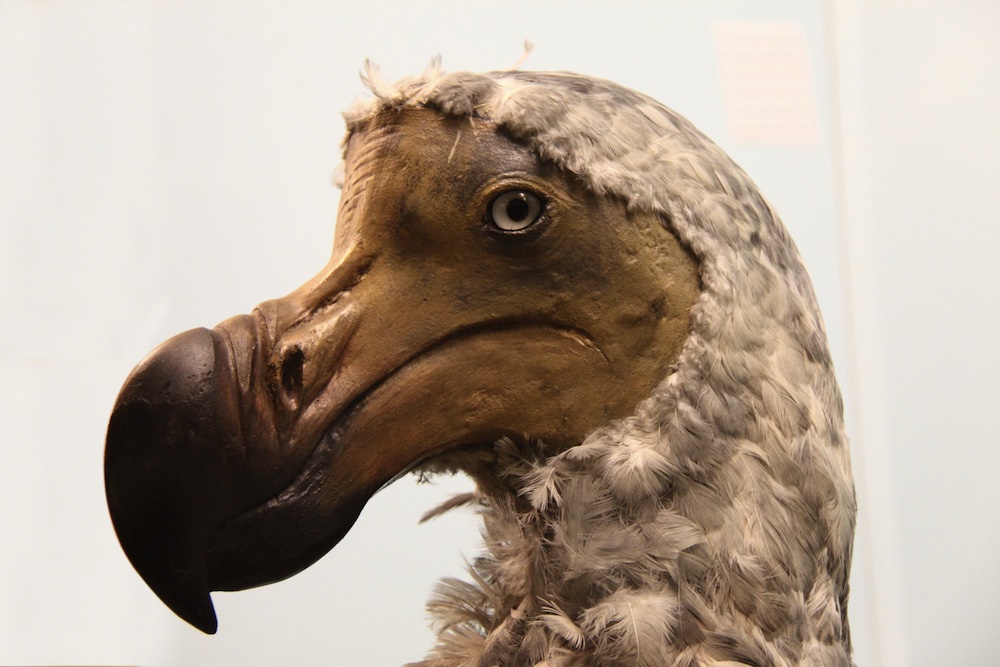Bird Extinctions on the Rise

From the flightless dodo in Mauritius to the passenger pigeon in North America, 279 bird species and subspecies have vanished in the last 500 years, researchers estimate. The rate of extinctions worldwide peaked in the early 1900s and then started to decline, but a new study found that bird die-outs have been on the rise since the middle of the 20th century.
"Until this study it had been hoped the rate of extinction was slowing," researcher Judit Szabo, of Charles Darwin University in Australia, said in a statement. "Historically most extinctions have occurred on islands, particularly those in the Pacific, but most of the really susceptible species are long gone."
Bird extinctions mainly occurred on islands in previous centuries as humans expanded in the Pacific and colonized the Americas, disrupting fragile ecosystems. But as island extinction rates have been declining over the past century, more and more species have disappeared on the continents, Szabo and her team said.
Their study, published online Monday (Oct. 8) in the journal PLoS ONE, shows that habitat destruction for agriculture development is the main cause of recent extinctions on continents and poses the greatest current threat to endangered birds. Unsustainable hunting and the introduction of invasive species, such as cats and rats, have been the greatest drivers of extinctions in past centuries, according to the study.
The researchers warn that a combination of invasive species and habitat loss can pose a particularly high threat to birds. For examples, pigs were introduced to the Hawaiian Islands several centuries ago — first by Polynesians, then again by Europeans. The animals' foraging changes the native landscape in a way that promotes the spread of invasive mosquitoes, which in turn carry bird diseases like avian malaria and avian pox.
By setting off such chains of events, humans have directly or indirectly caused most bird extinctions since 1500, the researchers said. They traced only one subspecies extinction to a natural catastrophe: the San Benedicto Rock Wren (Salpinctes obsoletus exsul), the entire population of which was buried by volcanic ash on an uninhabited island off the coast of Mexico in the 1950s.
The researchers said conservation interventions have helped prevent at least 31 bird extinctions, but now there are many species that only survive because of constant conservation efforts.
Sign up for the Live Science daily newsletter now
Get the world’s most fascinating discoveries delivered straight to your inbox.
"This list would have been much longer were it not for the work being done around the world to stop extinctions," study researcher Stuart Butchart, of BirdLife International, said in a statement. "But we need to scale up our efforts substantially to avoid further human-induced extinctions."
Follow LiveScience on Twitter @livescience. We're also on Facebook & Google+.










